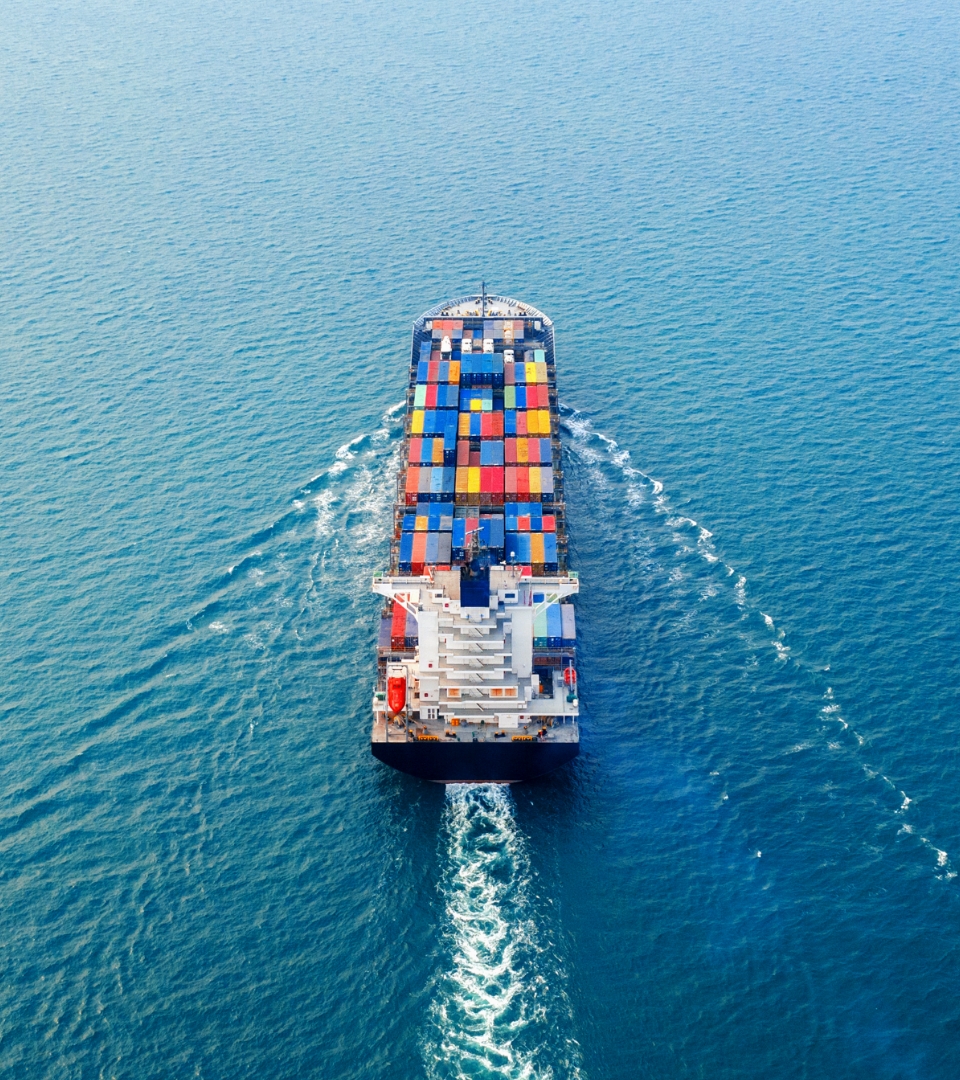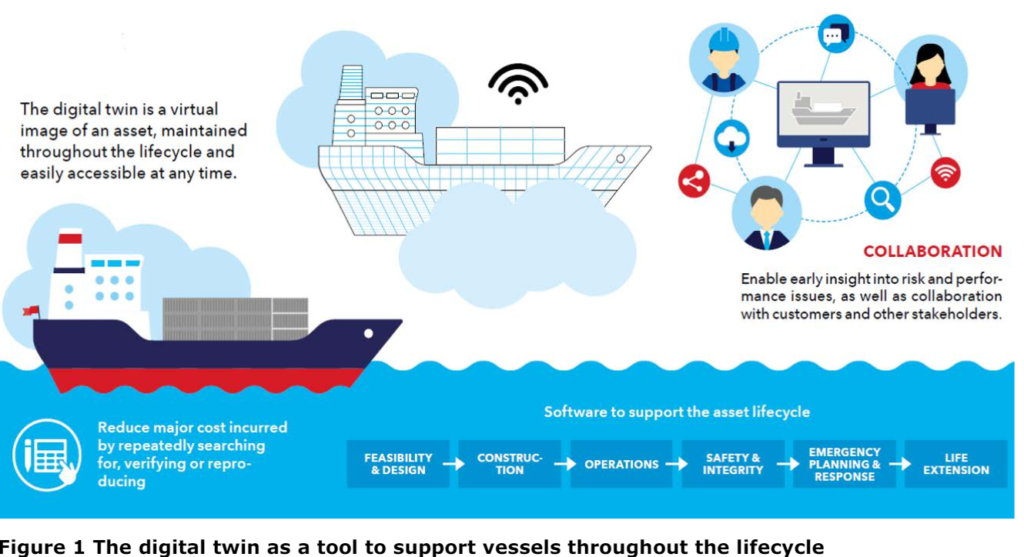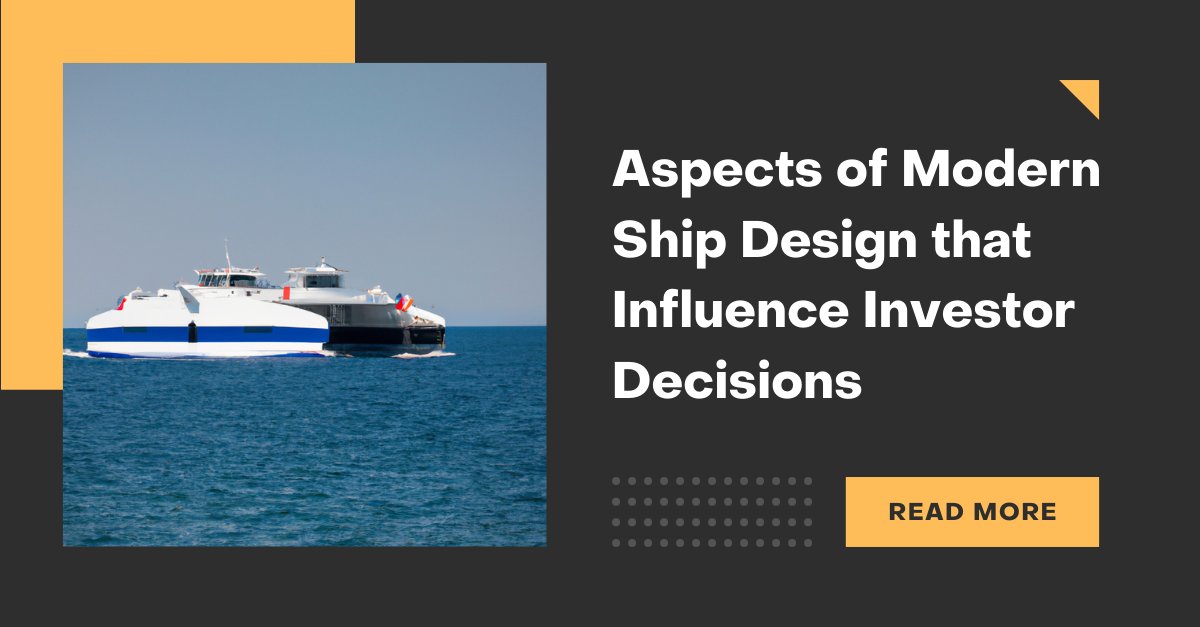
From environmental sustainability to multi-functionality, we take a look at the different aspects of modern ship design that will influence investor decisions. […]
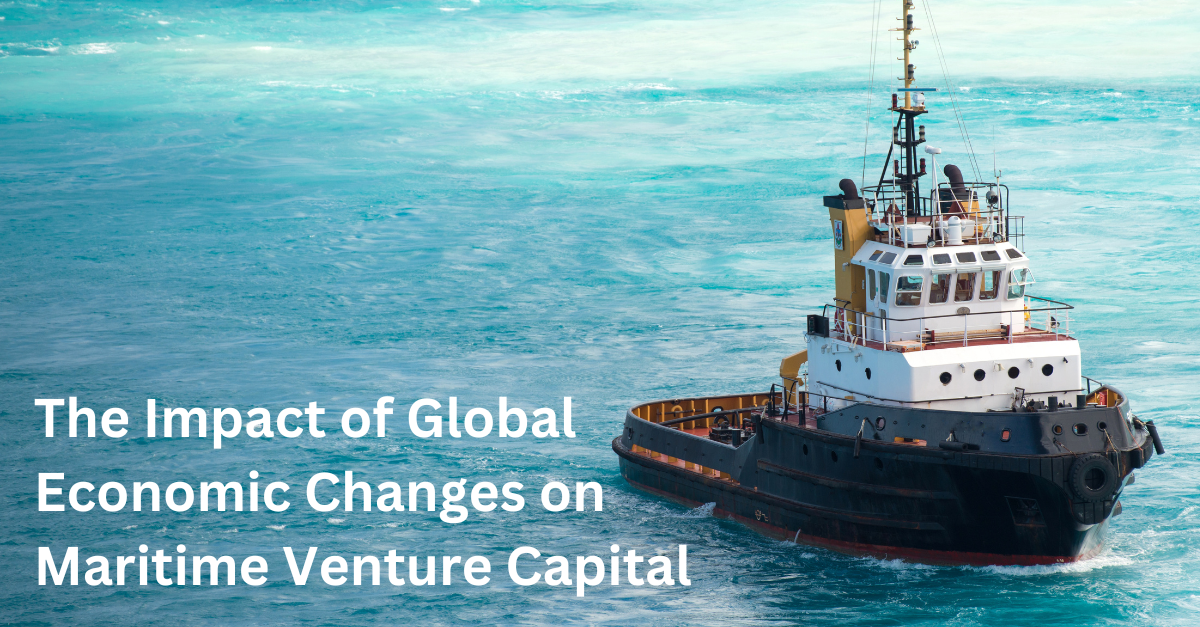
As the world grapples with economic shifts, the maritime venture capital landscape is also undergoing transformations. As understanding and adapting to these changes are imperative for capitalising on emerging opportunities, let’s delve into three key talking points that underscore the profound impact of global economic changes on maritime venture capital. Trade Dynamics and Maritime Investments […]
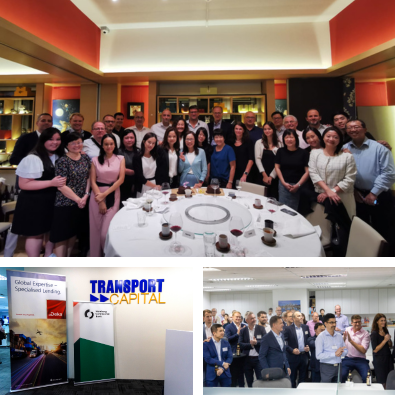
The Transport Capital Annual Global Meet happened last week – these are some of the highlights for this year. Last week, we had the privilege of welcoming our entire global team at our Singapore headquarters for our annual Global Management Meeting. The agenda was filled with a mix of networking events and insightful meetings, designed […]
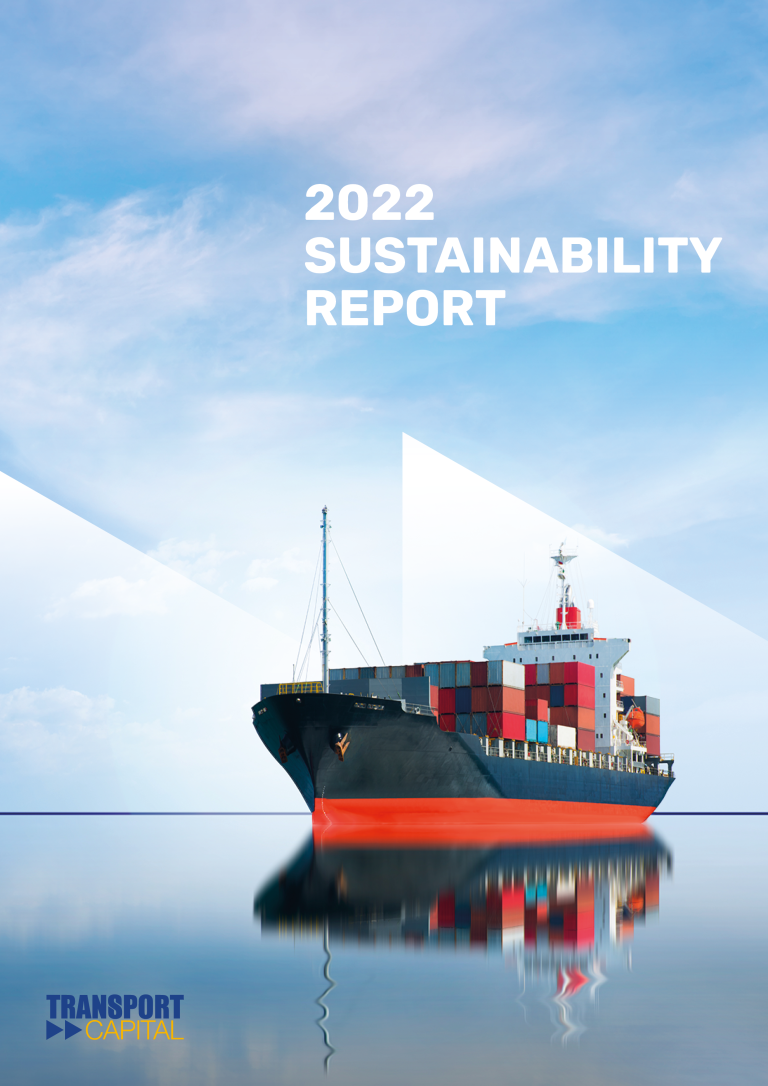
This report reflects our commitment to operating as a responsible and sustainable business, and showcases the progress we have made towards the ESG goals we have set. Transport Capital is proud to announce the release of our 3rd annual Sustainability Report 2022. This comprehensive report showcases our unwavering commitment to sustainability, transparency, and responsible […]




